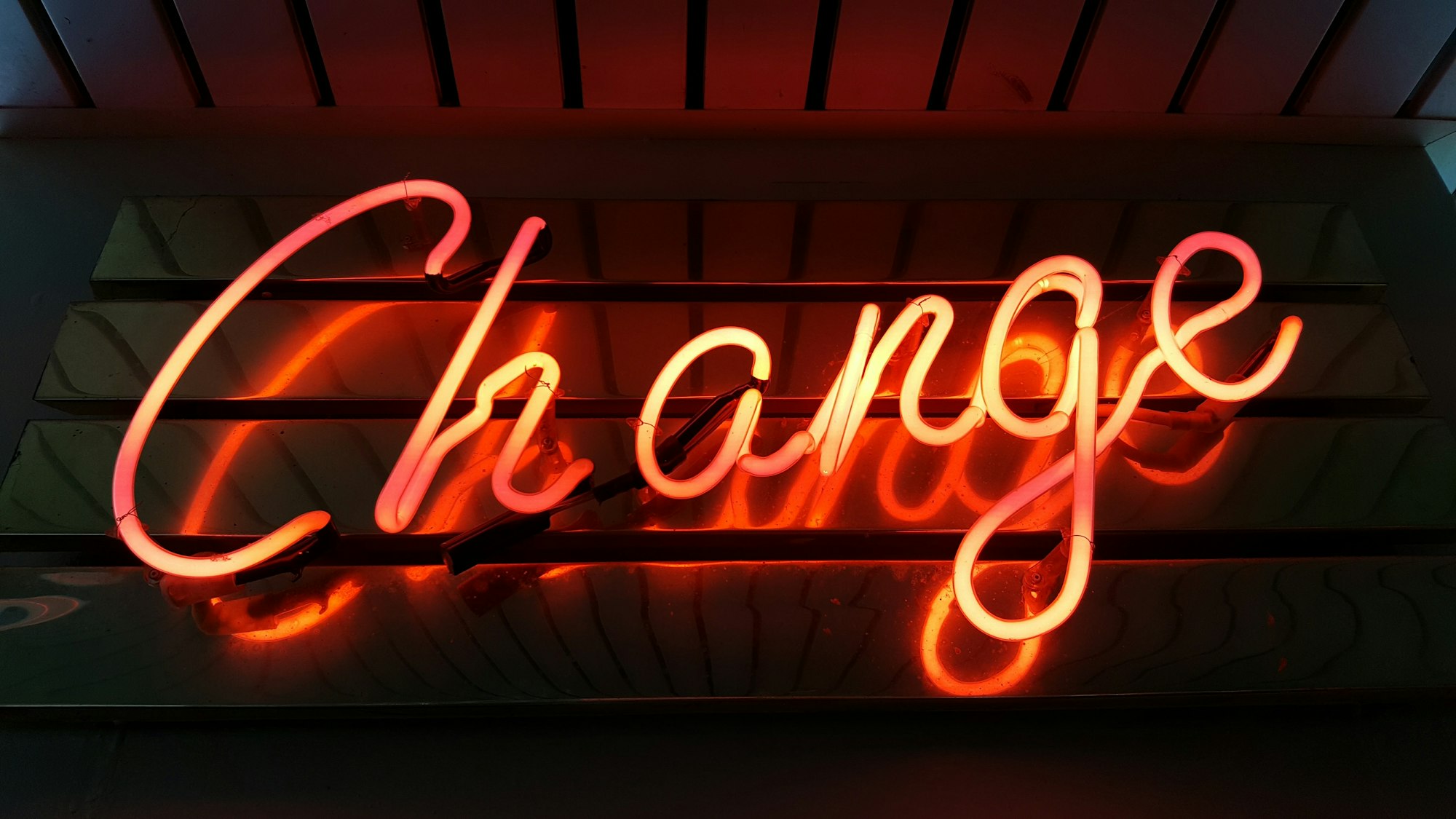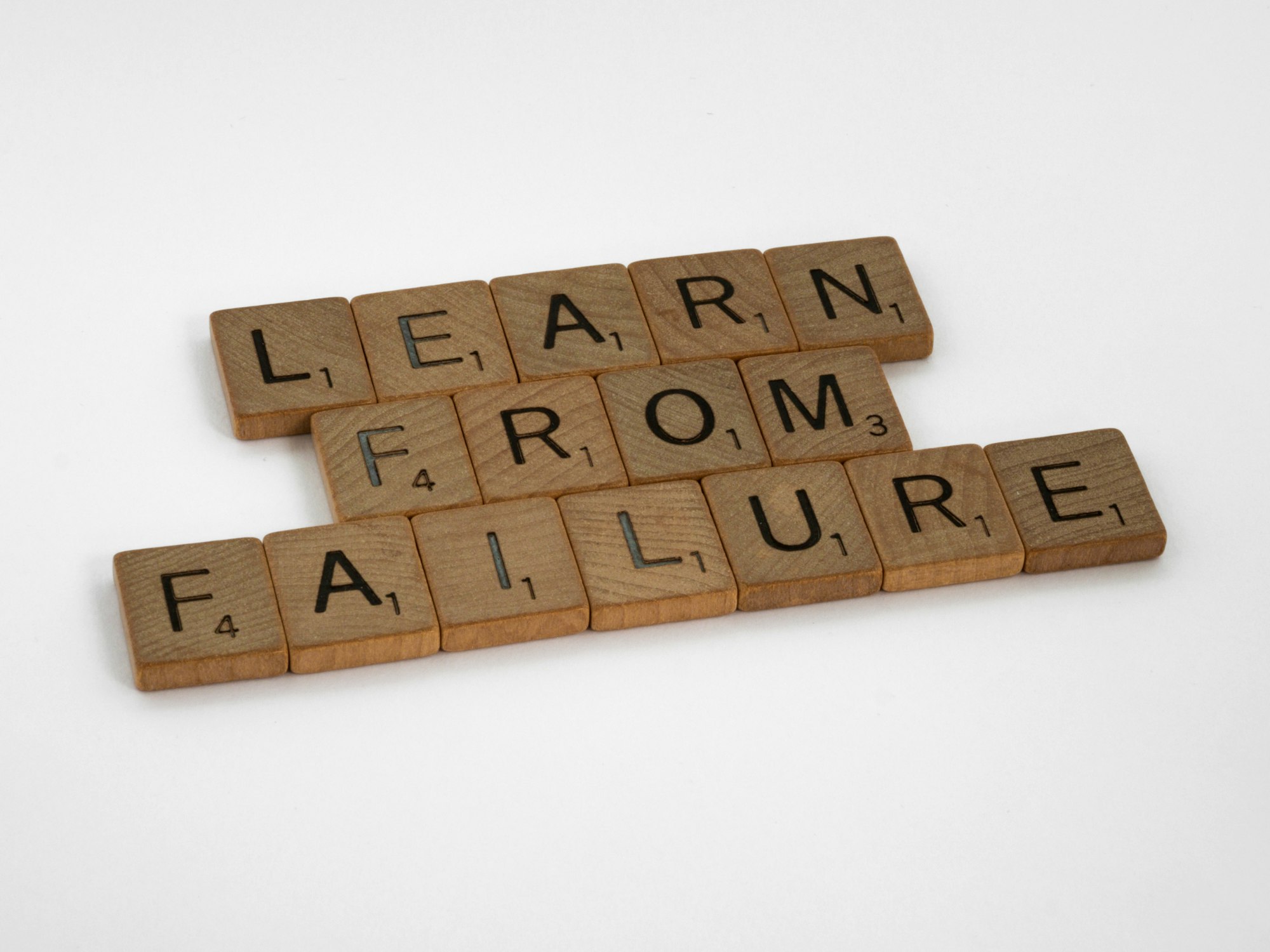Don't break the chain: How to introduce desired changes in behaviour?

Deliberate-Diligence.com is your blog for a productivity-driven lifestyle. One thing common to all Deliberate Diligencists is that at any given time, there are plans to optimize themselves. For me, anyway, it is. I can't remember a time since my youth when I didn't want to change something about myself. Lose weight, live healthier, achieve better grades, experience more, be more social, and much more.
If I think back to my past, it was often rather loose attempts that I didn't pursue stringently. That's also how it came about that many of these ventures failed in the beginning. A comparison is perhaps the habit of many people starting to pursue an intention at the New Year. But most do not take the necessary steps to change behaviour, so everything remains the same in many cases.
I've practised behaviour modification itself so many times now, and in so many different ways, that I'd call myself a pro at it. I can change in any direction through systematic procedures, with all the advantages and disadvantages.
The benefit is a sense of control over your life, which gives you an incredible feeling of freedom. The downside is that habitual change systems can also be used to override your body's boundaries. It can happen, for example, that one loses too much weight or exceeds the limits of stress tolerance and manoeuvres oneself into a dead end.
But that's a long way to go before worrying about something like that.
In this blog article, I will give you a five-step-approach that you can use to implement any change successfully you want to introduce to your life.

1: Visualize your goal and translate it into KPI
The first step is to transform the abstract desire into something actionable. For example, you might visualize your thin and muscular self before your inner eye and attach emotions and expectations to that visualization: you think you will have more joy in life, your environment will look differently at you, activities are more manageable for you, you find a partner more quickly, and so on.
This is a great start! This visualization will help you muster the energy and effort you need to make a change.
What you need to do now is to break down your vision of your better self into KPI: How can you measure the change and detect changes in the right direction? What's important here, and sorry in advance for making it a bit complex, is to have both leading and lagging KPIs.
- A lagging KPI usually measures the result. For example, if you want to lose weight, it might be kilograms of body weight. The problem with this KPI is that you can't influence it directly. You can't decide to lose 100 grams of body weight today. Losing 100gr of body fat comes from doing something about it before (eating less or exercising more). That is why it is also called lagging, i.e. the delayed result of an action.
- On the other hand, a leading KPI describes what you can do to achieve your Lagging KPI. It leads you towards your goal; that's why it's called leading. For weight loss, a leading KPI would be a calorie deficit of 700 kcal by eating less or a 10km run that burns an extra 700kcal (700kcal equals about 100gr of body fat; 7000kcal equals 1kg of body fat).
Let's recap the findings using weight loss as an example. First, you must be able to visualize your goal visually. How does it feel when you have reached your goal? What is different for you, then? That's where you take the energy for your changes.
As lagging KPI, you define -10kg body weight and -7cm waist circumference. As Leading KPI, you define one hour of daily exercise (alternating endurance and strength) and a maximum calorie intake of 2500kcal.

2: Think about the change in habits
You now have your KPIs against which you can describe your goals and measure goal achievement. You also distinguish how you measure your result and how you can influence the outcome.
But now there is another problem: how do you want to achieve your goal? A common mistake is to try too much at once. You want to lose 10kg and think you can do it in one fell swoop and a massive effort in a few weeks. And after that, you can live again as before. This path leads directly to failure because it is not sustainable. You will either collapse halfway through from exhaustion or, if you make it, then fall back into old patterns and undo all your successes again.
The solution is to translate your desired changes into habits and measure the success of your change not only by the lagging KPI but also by whether or not you manage to maintain your routine.
I can only touch on this here in brief. If you are interested in more detail, you can read about it in Atomic Habits or similar books (e.g. The Compound Effect).
In a nutshell, it's again (see also my articles on morning routines and OMAD) about willpower. You can, of course, make yourself lose significant amounts of body fat in a short time with sheer willpower by starving yourself and exercising in quick steps. But that also consumes all your willpower. In all other areas of life, you will no longer make any progress during this time and will only be perceived as a zombie. And at some point, you have to turn your attention to social, family or work again, and then your willpower-based system breaks down, and you get fat again.
The trick is to make small, manageable changes in your habits, which, once the pattern is established, doesn't require any willpower because it's all automatic. To stick with the weight loss example:
When you look at weight loss and gain on long timelines, it's often not that big of a calorie total. A daily deviation of 250kcal alone can make you gain or lose 1kg in a month, depending on whether you are 250kcal below or above your balance.
So if you want to lose 10-12kg body weight and have a year, you can do this easily without needing significant willpower. For 250kcal, you have to leave out, for example, your daily yoghurt, your after-work beer or a Nutella spread. Or if you don't want to leave anything out, you can go for a walk for over half an hour or exercise for a quarter of an hour instead. That's manageable, right?
That's the power of habits and compound effects! You should choose a time and consistency-based approach over a willpower-based process because that's the sustainable way.

3: Measure what matters & don't break the chain
The consistency of habits doesn't come easily either. You must ensure you don't accidentally forget that you want to change something. The solution is to measure what matters and to monitor if you're executing your desired habit changes daily ("Don't break the Chain").
You can do this with an infinite number of habit-tracking apps in your mobile app store or simply with Excel or Google Tables. I prefer having my customizable table.

With two mind hacks, you exploit your subconscious mind for your positive change:
- Measure what matters: This means tracking your Lagging KPI (e.g. body weight). Having the truth in facts in front of you helps you move in the direction you want. If you plan to lose weight, but instead, the scale points upwards day after day, then you will become painfully aware of this when you are about to open a bar of chocolate. And you will put it down, for sure.
- Don't break the chain: This means focusing on consistency in executing your leading KPI, e.g. skipping your yoghurt daily or the 15 minutes of exercise you want every day. If you see in your spreadsheet that you have successfully done it for the past 18 days, you will do it again on day 19, even if you don't feel like it. The success of chained execution will get you hooked. You are using gamification effects for yourself.

4: Accept failure and return to the path
Your introduction of new Habits will often falter. It's easy to get out of step. For me, it's business travel that regularly takes me out of my routines. Or even vacations or stressful periods.
In the past, and still sometimes today, this put a lot of emotional strain on me. It feels like failing and moving away from your goals again. To undo gains that have been made.
You must learn to manage your expectations and know the restrictions of the body and soul. You can't force anything. There is no perfect execution of a personal change. There are setbacks, and they will come regularly. The solution is to adjust to them, even wait for them. Accept the setbacks and go on as if nothing had happened when they were over.
I've come to think of the things that take me out of rhythm (i.e., business travel, for example) as breaks from my habit-building, designed to allow me to get back into my routines refreshed after the break. Especially in sports, it is essential to regenerate from time to time. But this also applies to all other changes you put your body and soul through.

5: Review and renew
Nothing is for eternity. You should regularly review for yourself how far you have come in achieving your goals and whether the plans are still current. In my experience, priorities change quickly, and that's okay.
At least every three months, I feel the inner desire to make tabula rasa (clean slate). I then throw away my old plans and tables and start from scratch. It works and brings a breath of fresh air into your change program.
Wrapup
That's it! I am currently putting my priority on managing my time better. That means my Measure What Matters is about tracking valuable and worthless time and optimizing the valuable time. This blog is a result of that, as I've replaced my morning social media time with writing articles.

I hope this blog post helps you set up your change program. Feel free to subscribe to this blog to read more tips on living a productivity-driven life.


Discussion